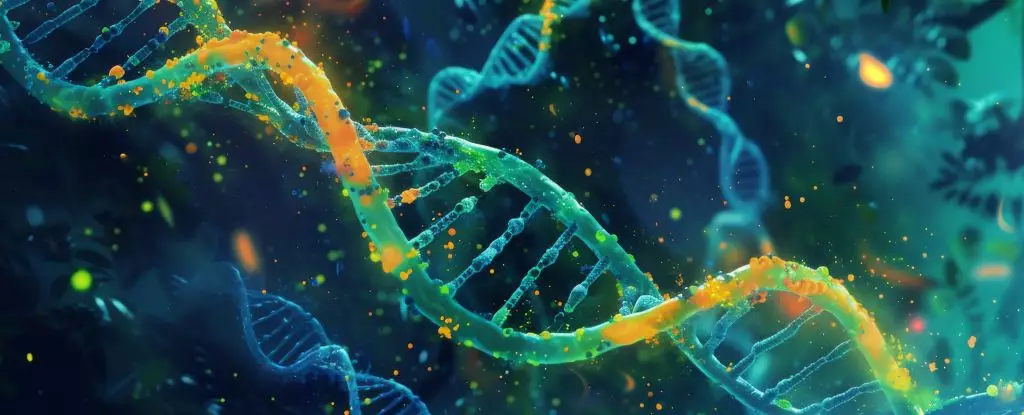The landscape of genetic research is perpetually evolving, and recent scientific endeavors have illuminated a realm of the human genome previously shrouded in obscurity— the so-called ‘dark’ genes. These elusive sequences of genetic material, which have often eluded researchers due to their inconspicuous characteristics, may hold significant implications for understanding diseases like cancer and immunology. With advancements in technology and collaborative international efforts, a new chapter in genomic research is unfurling, revealing that our knowledge of the human genome is more incomplete than previously thought.
Decades after the completion of the Human Genome Project, the richness of our genetic tapestry continues to astonish scientists. Once relegated to the category of ‘junk DNA,’ many previously overlooked regions of our genome have shown their potential to code for tiny proteins. In a recent study encompassing data from over 95,000 experiments, researchers led by Eric Deutsch from the Institute of Systems Biology identified a significant multitude of these cryptic genetic sequences, termed non-canonical open reading frame (ncORF) genes. Understanding these ncORF proteins is crucial, as they could revolutionize our approaches to biomedical research and targeted therapies.
The identification of these dark genes is not just an academic exercise; it has substantial implications for clinical applications. Notably, a substantial fraction of these genes encodes for tiny proteins that have been implicated in the pathology of cancer. Cancer cells frequently exhibit an abnormal repertoire of such proteins, leading scientists to the premise that these ‘dark’ proteins may play a role in tumorigenesis or disease progression.
For years, vast swaths of the genome were dismissed as non-functional. The term ‘junk DNA’ created a misconception that these areas lacked significance. However, this new research indicates that small fragments within these allegedly useless regions serve critical functions, producing peptides that contribute to various biological processes. The idea of junk DNA is rapidly transforming; it is being recontextualized in light of the growing evidence that these segments of our genome are not merely leftover remnants of evolution but are active players in biological systems.
Furthermore, the genomic regions identified in this research include transposons—pieces of DNA that can move around within the genome—as well as sequences integrated by viral infections. This adds another layer of complexity and intrigue to our genetic structure. These movements and insertions could provide insights into how genes evolve and adapt, shedding light on the mechanisms of diseases that could be harnessed for therapeutic purposes.
The Challenge of Detection
The complexity surrounding the detection of these genes stems, in part, from their peculiar structural features. Unlike conventional genes with well-defined start sequences that facilitate the transcription of DNA into proteins, ncORF genes possess shorter initiation signals. This uniqueness has rendered them difficult to classify and study using traditional genomic tools. However, innovative techniques, including mass spectrometry, allow researchers to now systematically explore these hidden genetic sequences.
As detailed in the study, researchers estimate that out of the 7,264 identified non-canonical genes, at least 3,000 of these can generate peptides—adding a significant number to the human genetic catalog. The potential for uncovering tens of thousands more is tantalizing, suggesting a vast reservoir of biochemical diversity that remains largely untouched by current methodologies.
Future Directions and Implications
The potential for harnessing this newly revealed genetic information opens up a wealth of research possibilities. Scientists are beginning to view these identifiers not just as biological curiosities but as viable drug targets in the fight against cancer. The notion that they could lead to the development of targeted immunotherapies represents a paradigm shift in cancer treatment strategies. As noted by University of Michigan neurooncologist John Prensner, this initiative marks the beginning of exploring a whole new landscape in drug discovery.
The discovery of dark genes illuminates the extent of what remains to be understood in human genetics. As technology advances and collaboration fosters new research pathways, the promise of decoding these intricate systems could fundamentally alter our approach to medicine, offering hope for more precise treatments in the future. The journey is still in its infancy, but the revelations from these ‘dark’ areas of our genome could pave the way for significant breakthroughs in health and disease management.

